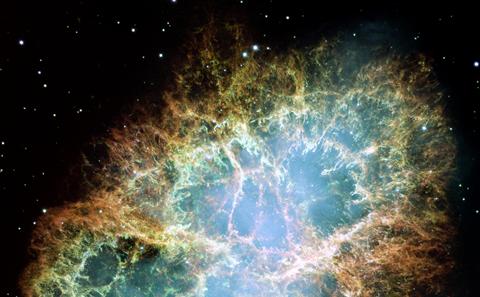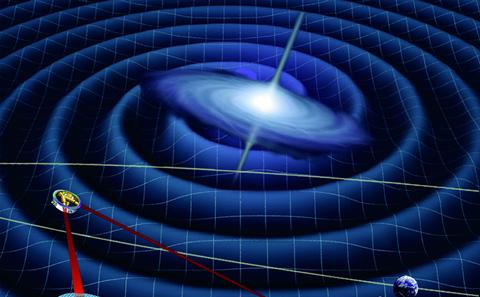Inspiraling binaries of compact stars are prime targets for gravitational wave searches. Ground-based detectors, such as LIGO, Virgo, and KAGRA, are sensitive to coalescing binaries of neutron stars and stellar mass black holes at frequencies of tens to thousands of Hz. We use numerical relativity to model and study these systems.
Deformed, spinning neutron stars emit gravitational waves, and this gravitational radiation can be detected by instruments such as LIGO. We study different sources of neutron star deformation, in order to model their gravitational wave signal. Asteroseismology of neutron stars allows us to probe the complex physics that govern the interior of these exotic stars.
eLISA is a planned spacecraft that will detect gravitational waves from the merger of massive black holes and the inspiral of compact stars into intermediate-mass and supermassive black holes. We study the strongly relativistic radiative dynamics of these processes and work to predict the gravitational wave signature that they emit. Our theoretical predictions enable the extraction of weak inspiral signals and their physical interpretation within General Relativity.
Image credit: (a) GSFC/D.Berry; (b) NASA, ESA, J. Hester, A. Loll; (c) ESA.
Related research groups
Applied Mathematics and Theoretical PhysicsRelativistic Astrophysics



